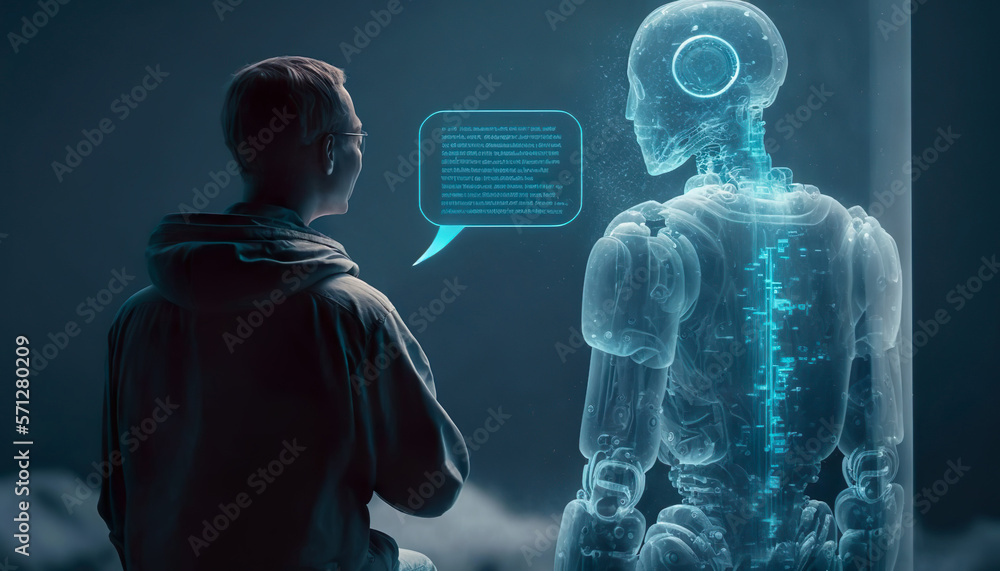Exploring the Rise of Character AI: Redefining Digital Interactions
In today’s rapidly evolving digital landscape, Character AI has emerged as a groundbreaking technology, bridging the gap between human-like conversational abilities and machine intelligence. Whether it’s helping businesses streamline customer interactions or enhancing storytelling in games and entertainment, the applications of Character AI are as versatile as they are transformative.
Let’s delve into what makes this technology so impactful and explore its current uses, future potential, and challenges.
What Is Character AI?
Character AI refers to artificial intelligence systems designed to simulate the personality, behavior, and language patterns of human characters. Unlike traditional chatbots, which often rely on rigid, rule-based responses, Character AI taps into advanced machine learning and natural language processing (NLP) to create interactions that feel genuinely authentic.
For instance, imagine a virtual assistant not only providing weather updates but also offering contextually relevant jokes, personalized greetings, or empathetic responses based on the tone of your input. That’s the power of Character AI.
Applications of Character AI
- Entertainment and Gaming:
Story-rich games and interactive media are benefiting immensely from AI-driven characters that adapt to players’ choices, creating dynamic, immersive worlds. Whether it’s a companion in a quest or a virtual opponent, Character AI enhances engagement. - Customer Support:
Businesses are increasingly deploying character-based virtual agents to deliver customer service that mirrors human empathy. These AIs can answer questions, resolve issues, and even upsell products—all while maintaining a friendly persona. - Education and Training:
AI-powered tutors and coaches bring personalized learning experiences to life. From explaining complex concepts to role-playing scenarios, these “characters” make learning more interactive and effective. - Storytelling and Content Creation:
Authors, filmmakers, and content creators use AI to brainstorm ideas, generate character dialogues, and even simulate audience reactions.
How It Works
Character AI systems rely on a mix of deep learning, sentiment analysis, and large language models (like OpenAI’s GPT). By training these models on diverse datasets, developers equip them to understand context, mimic emotion, and generate responses tailored to specific interactions.
Additionally, incorporating elements like voice modulation, facial expressions, and adaptive memory gives these characters a truly lifelike essence.
Challenges and Ethical Considerations
While the potential of Character AI is vast, it also raises important questions:
- Authenticity vs. Manipulation: When do lifelike interactions cross the line into deception?
- Data Privacy: How can we ensure sensitive user data is handled responsibly?
- Bias in AI: Mitigating biased outputs in character design requires careful oversight and continual refinement.
The Future of Character AI
As AI models continue to evolve, we can anticipate:
- Greater personalization: Characters that truly “know” you and adapt over time.
- Enhanced realism: Advances in voice synthesis, augmented reality (AR), and holographic displays will make interactions seamless.
- Broader applications: From mental health support to personalized virtual shopping assistants, Character AI will touch every facet of digital life.
Character AI is more than a technological trend; it’s a revolutionary tool reshaping the way we connect in the digital world. By blending innovation with creativity, it holds the promise of making our virtual experiences as rich and nuanced as human interaction.
As we navigate this exciting frontier, the challenge will be balancing innovation with ethics—ensuring that the characters we create serve humanity, inspire trust, and bring value to our lives.
What are your thoughts on Character AI? Let us know in the comments below!

Leave a Reply